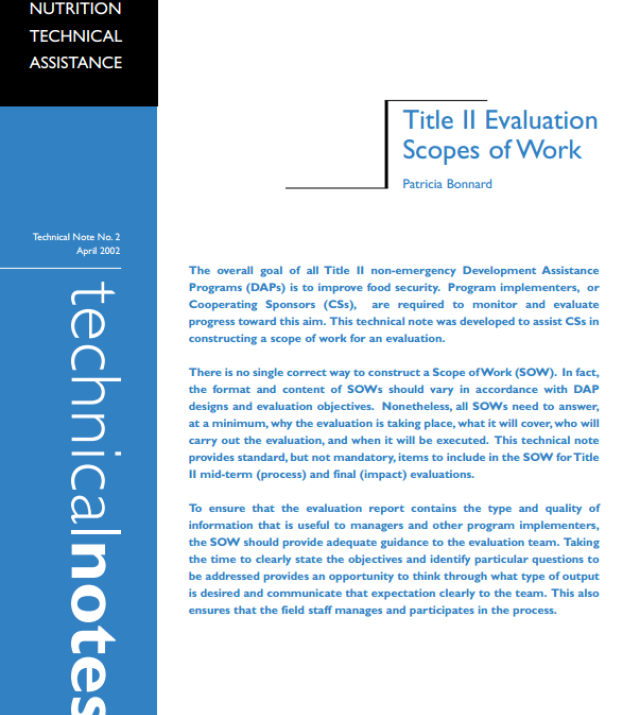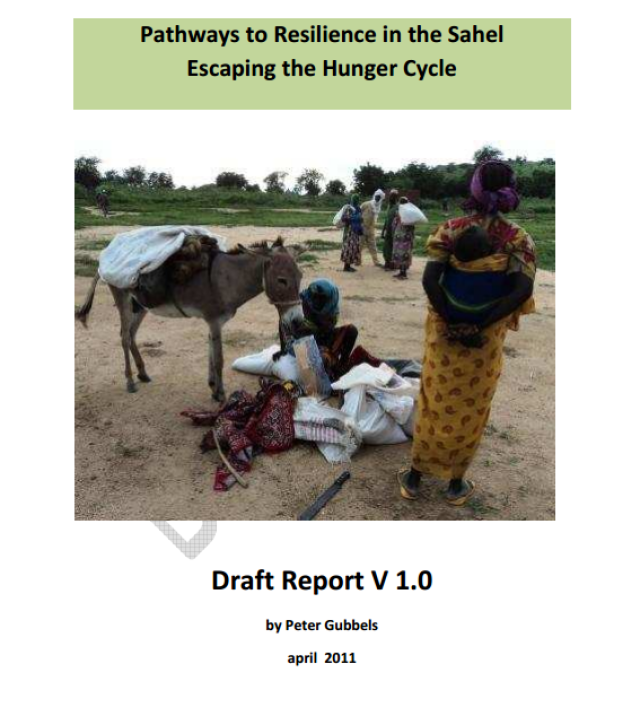
Addressing Food Security in a Conflict Context: Lessons and Tools from the Field
Presenters: Jared Buri, Water, Sanitation and Hygiene Manager, Food for the Hungry, Kenya; Olga Petryniak, Chief of Party, Strengthening Institutions for Peace and Development Program, Mercy Corps Moderator: Lynette Friedman, Consultant, TOPS Program
This session explored the relationship between food security and conflict, exploring two organizations’ experiences addressing food security and community resilience in a conflict setting.
Jared presented Food for the Hungry’s formative research exploring the role of women in water management and conflict resolution in Marsabit, Kenya. This study focused on the role of women in water management and conflict resolution. Water points are very over crowded resulting in frequent conflict over water for livestock and for domestic use. Finding ways for women to be more instrumental in the decision making process, and allowing communities – rather than the government – to manage their own water resources have been successful strategies for reducing conflict.
Olga presented on Mercy Corps’ recent study exploring the links between community relationships, access to natural resources and markets, and drought resilience in the Horn. The study explored how improved relationships between communities and fewer conflicts resulted in greater access to resources and, therefore, greater resilience. Working to decrease community-based conflicts may be a way to increase resilience in a region.
The participants were then divided into small groups and worked on a case study about a conflict between two communities. Each group was assigned a different stakeholder's point of view and asked to answer a number of questions, in order to sensitize participants to the multiple perspectives surrounding the conflict.
To close the session, participants gained practical experience with some of Mercy Corps’ rapid context analysis tools applicable to a multi-interest group environment. Examples of a relationship diagram and village mapping were demonstrated. These tools can assist institutions working in food security - whether relief, resilience, or development focused - to better analyze how inter-community relations impact access to natural resources, markets and key natural resources that underpin local livelihoods, and therefore the food security of local communities. These tools can assist institutions to shape food security programming so that it positively impacts these key factors influencing community resilience, and ensures interventions 'Do no harm' through exacerbating tensions and community vulnerability.
The Way Forward: Participants made recommendations in the following areas:
Capacity Strengthening and Tools
Basic capacity needs to be strengthened on ‘Do no harm’ principles.
More training should be provided on conflict sensitization and analysis.
Donor Policy and Practice
Conflict and the potential for conflict spreads across borders, and operates at regional, national, local and community levels. To address factors in multiple countries and a multiple levels necessitates a level of donor coordination which does not exist yet.

